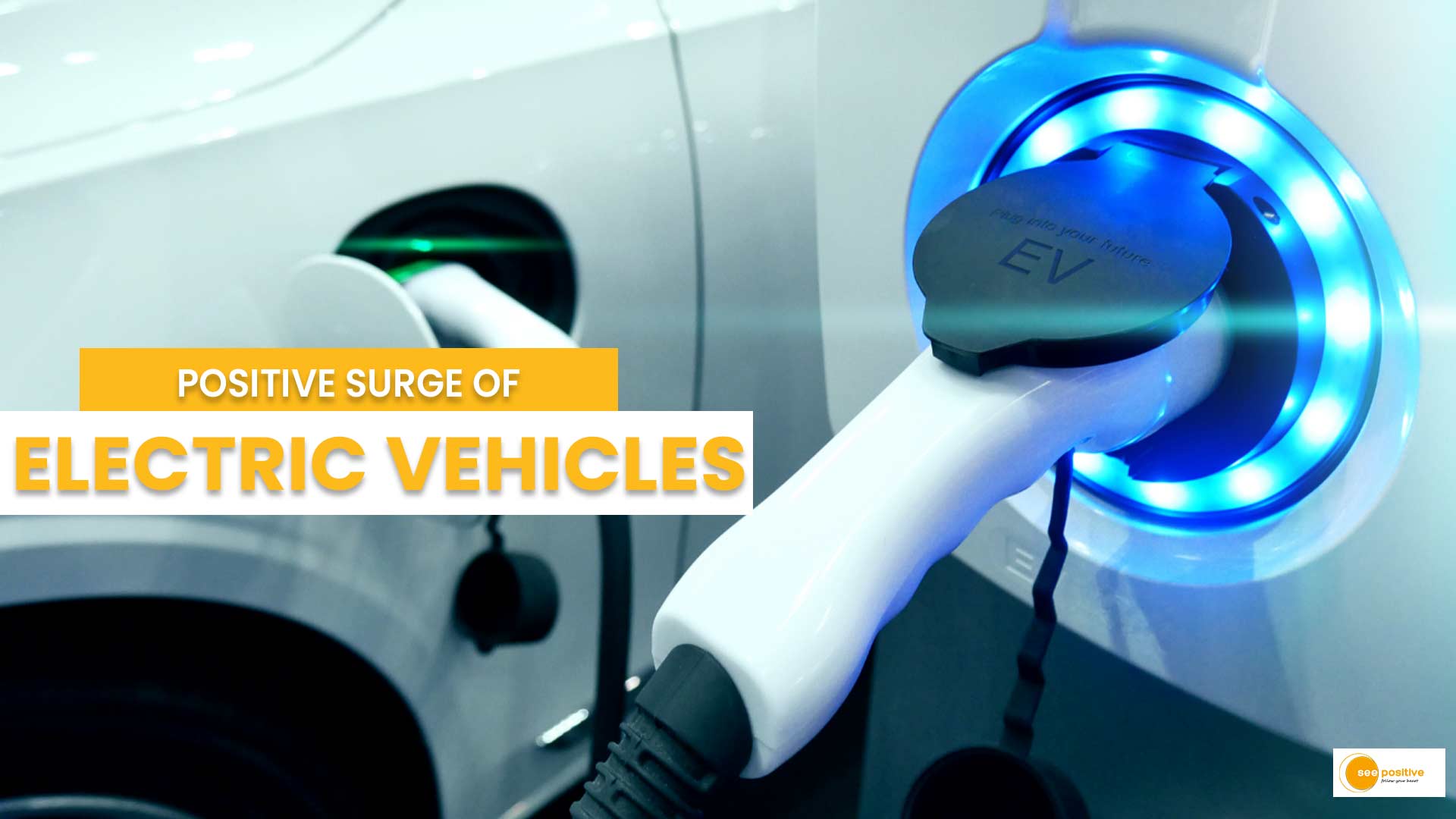In recent times, electric vehicles (EVs) have been making waves, steering us towards a future less dependent on fossil fuels. A recent Reuters report unveils the positive impact of EVs on oil consumption, prompting experts to reconsider their predictions for when the world will hit peak oil demand.
The EV Revolution Unleashed:
The surge in electric vehicle sales is reshaping the landscape, putting a dent in the demand for oil. Thanks to public subsidies and technological strides, battery-powered cars are becoming more accessible despite their initial hefty price tags.
Revised Projections by the International Energy Agency (IEA):
The International Energy Agency (IEA) has revised its estimates, forecasting a peak in global oil consumption of 103 million barrels per day by the end of this decade. This is a significant shift from their previous projection of a peak in 2040. The driving force behind this change? The electrification revolution.
Impact on Transportation Sector:
Transportation guzzles about 60% of the world’s oil demand, with the U.S. alone contributing 10%. However, the IEA predicts a decline in the share of oil demand from transportation as EVs are anticipated to wipe out 5 million barrels per day by 2030.
EVs Riding the Green Wave:
Governments worldwide, spurred by the 2015 Paris Agreement, have implemented stricter efficiency standards and subsidies, making EVs more attractive. The goal is to limit global warming to 1.5 degrees Celsius above pre-industrial temperatures.
Meeting the Paris Agreement Target:
To align with the Paris Agreement’s target, EVs need to capture a whopping 70% of the market by 2030. Although progress is evident, challenges persist. Automakers like General Motors, Ford, and Stellantis face hurdles in ramping up production due to rising labor costs and higher interest rates in the U.S.
China’s Driving Role in EV Growth:
China emerges as a powerhouse in EV growth, enjoying lower EV prices and government subsidies. EVs already command a quarter of the market share in China, and the country is poised to lead global growth in this sector.
U.S. Lagging but Catching Up:
In contrast, the U.S. lags behind China in EV pricing and public charging station availability. The average price of an EV in the U.S. exceeds $53,000, while China’s EVs are more affordable, courtesy of government support. China’s extensive public charging infrastructure further widens the gap with the U.S. and Europe.
IEA’s Optimistic Outlook for the U.S.:
Despite disparities, the IEA remains optimistic, predicting that EVs will constitute up to 50% of new car registrations in the U.S. by 2030. Advancements in technology, falling prices, and the allure of sidestepping unpredictable fuel costs at gas pumps are steering American consumers towards EVs.
Conclusion:
In the ongoing race towards a greener, more sustainable future, electric vehicles are emerging as the positive catalyst. Their impact on oil consumption is not just a revision in statistics; it’s a paradigm shift towards an era where the roads are powered by clean energy, paving the way for the end of the oil age. As technology evolves, prices drop, and nations commit to environmental goals, the road ahead seems brighter than ever for electric vehicles and the planet they’re driving towards.


